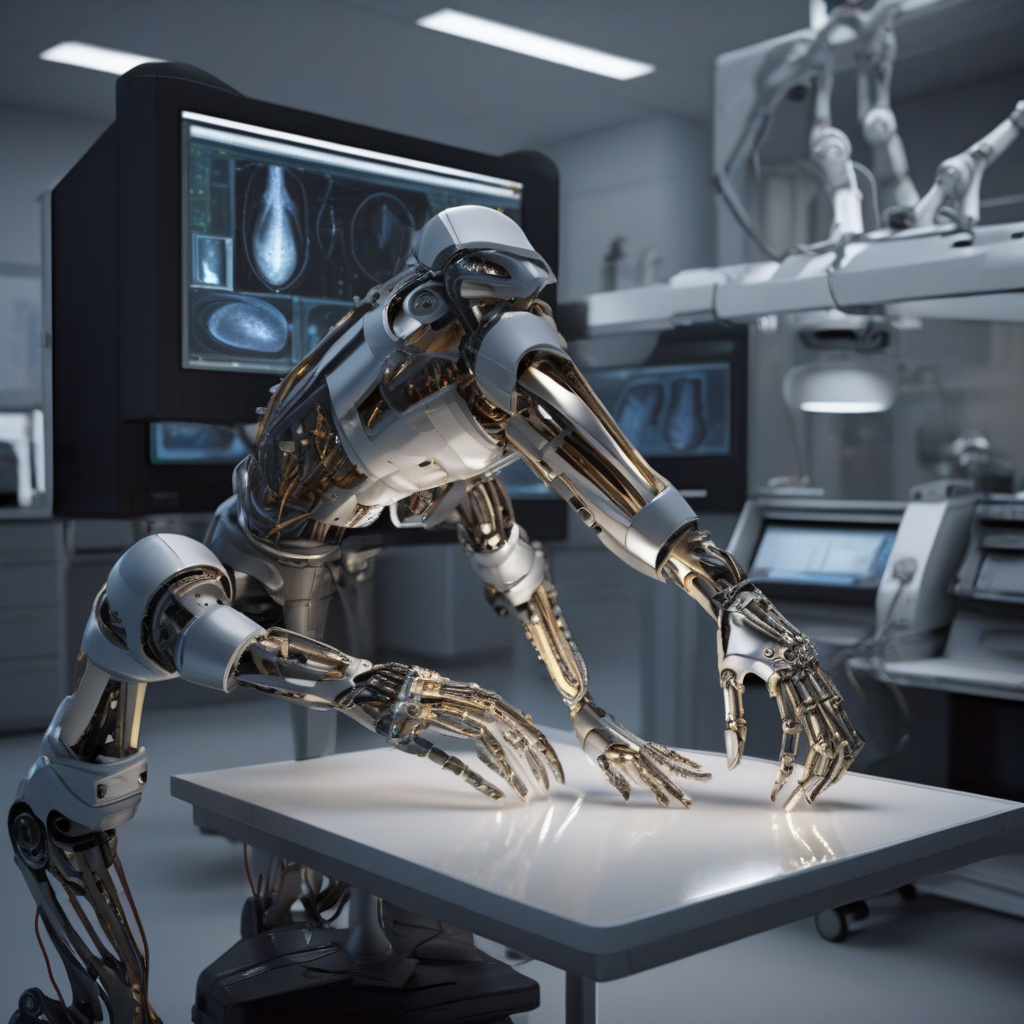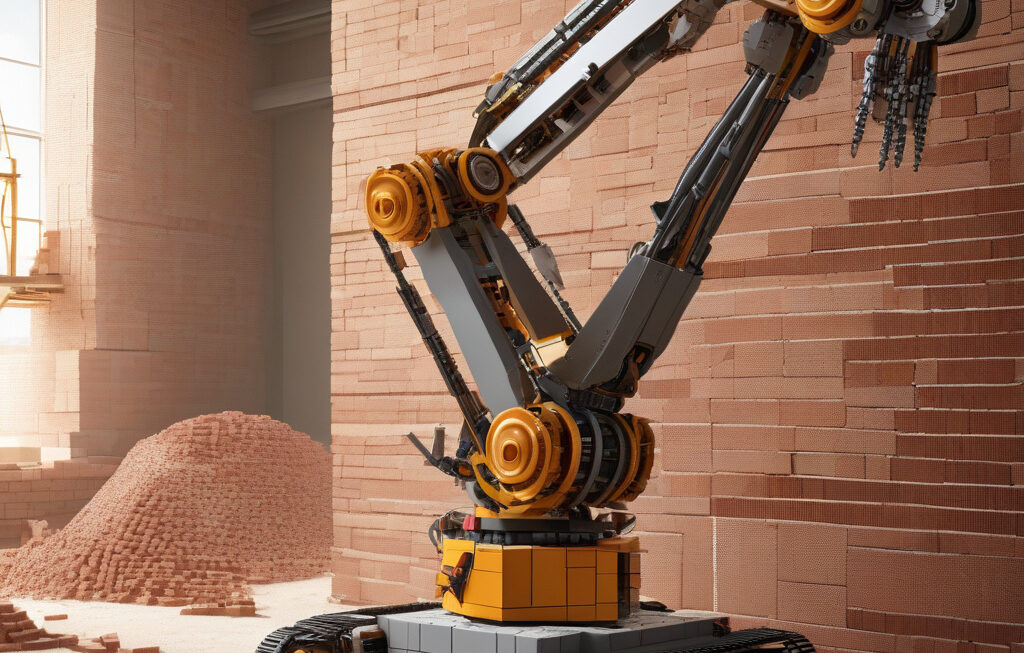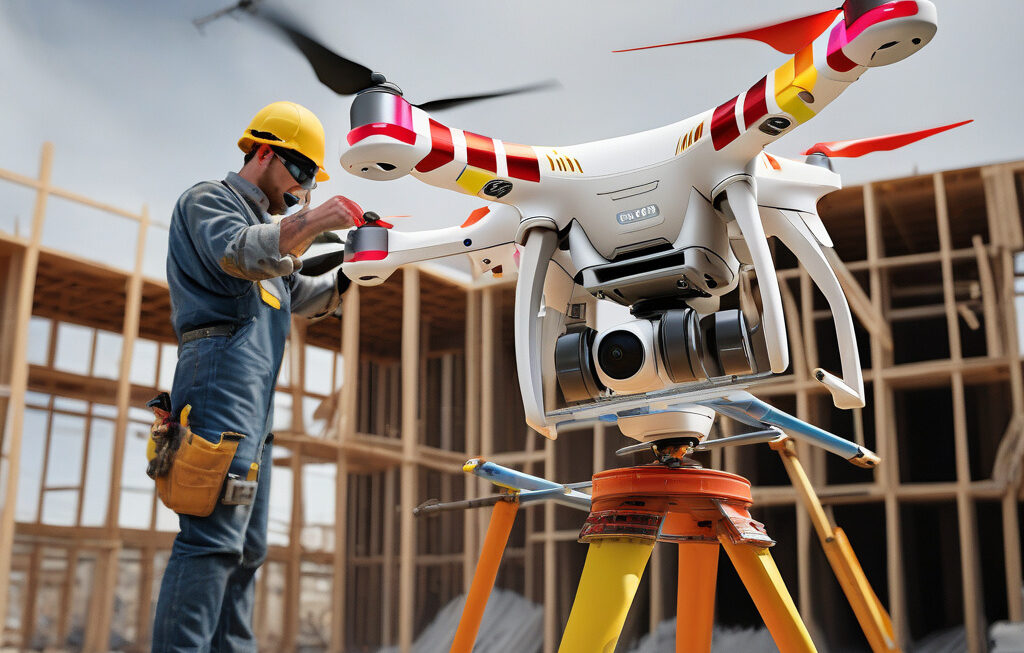World’s First Robotic Hand Bends Fingers Using Nothing but Human Thought
Assistive robotics and brain-computer interfaces (BCIs) are rapidly transforming how people with disabilities regain independence. The latest groundbreaking development in this field comes in the form of the world’s first robotic hand that can be controlled solely by the power of human thought. This innovative technology represents a significant leap forward in the quest to enhance the quality of life for individuals with physical limitations.
The integration of robotics and BCIs has opened up new possibilities for individuals who have lost the use of their limbs due to injury or medical conditions. By harnessing the electrical signals generated by the brain when a person thinks about moving their hand, this cutting-edge robotic hand is able to interpret those signals and translate them into physical movements. This seamless fusion of human intent and machine functionality has the potential to revolutionize the way we approach rehabilitation and assistive technologies.
One of the key advantages of this robotic hand is its ability to provide users with a high degree of dexterity and precision. By relying on the user’s own brain signals to control the movement of the fingers, the hand can perform a wide range of complex grasping and manipulation tasks with remarkable accuracy. This level of control is unprecedented in the field of assistive robotics and represents a major breakthrough in bridging the gap between human intention and robotic action.
Furthermore, the intuitive nature of controlling the robotic hand through pure thought enhances the user experience and promotes a sense of agency and empowerment. For individuals who have long relied on traditional assistive devices with limited functionality, the ability to manipulate objects with such ease and fluidity can be truly life-changing. Tasks that were once challenging or impossible to perform independently can now be accomplished with a newfound sense of freedom and autonomy.
In addition to its practical applications, the development of this robotic hand holds promise for advancing our understanding of the intricate connection between the human brain and external devices. By studying how the brain adapts and learns to control the robotic hand over time, researchers can gain valuable insights into neuroplasticity and brain-machine interfaces. This knowledge can inform future innovations in the field and pave the way for even more sophisticated assistive technologies.
As with any emerging technology, there are still challenges to overcome before the robotic hand can be widely available to those in need. Issues such as cost, accessibility, and user training will need to be addressed to ensure that this innovative solution reaches its full potential. However, the rapid pace of advancements in the field of assistive robotics suggests that these hurdles may be overcome sooner rather than later.
In conclusion, the world’s first robotic hand controlled by human thought represents a remarkable fusion of biology and technology that has the potential to transform the lives of individuals with disabilities. By leveraging the power of the human brain to drive robotic movements, this groundbreaking innovation offers a glimpse into a future where physical limitations are no longer a barrier to independence and self-expression. As we continue to push the boundaries of what is possible in the realm of assistive technologies, the prospects for enhancing the quality of life for all individuals, regardless of their abilities, are truly limitless.
assistive technology, robotics, brain-computer interface, disability, innovation












